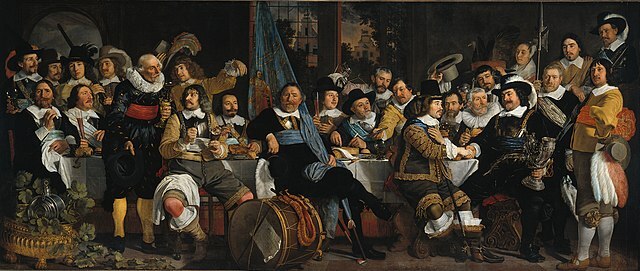Westphalia: Religion and Global Empire
The Peace of Münster settled the political and religious conflict in the Low Countries. Articles five to seven of the Peace of Münster touch upon the enterprises of the Spanish empire and the Dutch Republic on the American continent and in Asia. Besides their war in the Low Countries, both states also had confronted and fought each other in these regions. Economic profits were driving their imperial and colonial enterprises, but they also had a religious dimension. The Spanish and Portuguese dominance of a large part of the American continent had introduced Catholicism there. In 1630, the Dutch Republic succeeded in conquering parts of Brazil from the catholic Spanish empire.
In ‘Dutch Brazil’, a regime of exceptional religious tolerance was installed. The new Dutch government continued to allow Catholics to practice and Catholic religious orders retained their monasteries and continued preaching. With the arrival of the Dutch, Calvinism also became part of the local religious landscape. Moreover, a small community of Jews lived there, and under the Habsburg regime had to pretend to be Catholic. Under the Dutch, they enjoyed tolerance and could openly identify and worship as Jews.
Should arrangements of religious coexistence be adapted to local circumstances? Why so? Should countries be allowed to promote religions in other parts of the world? Why so?
For more information on this and other peace treaties, see

